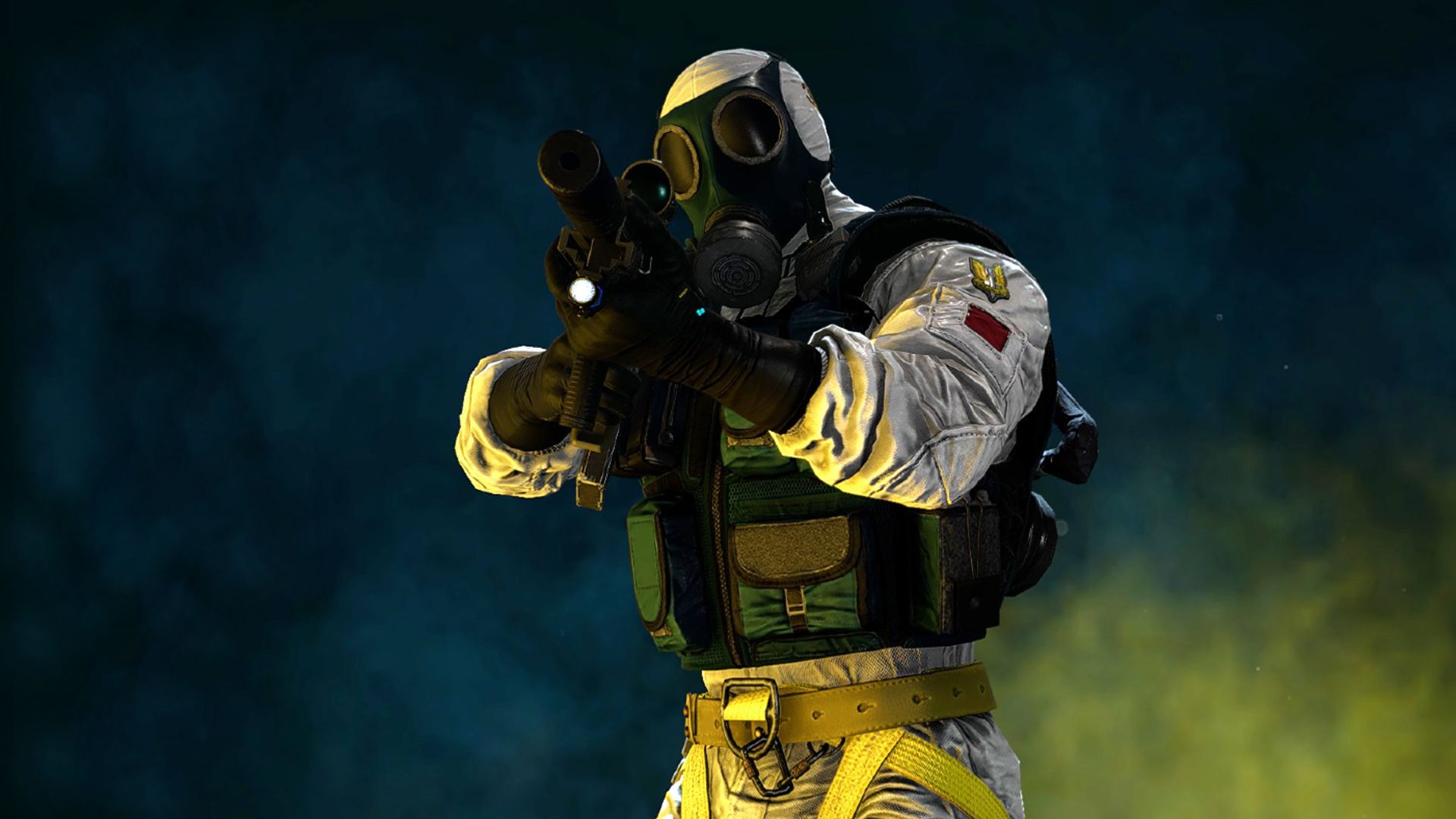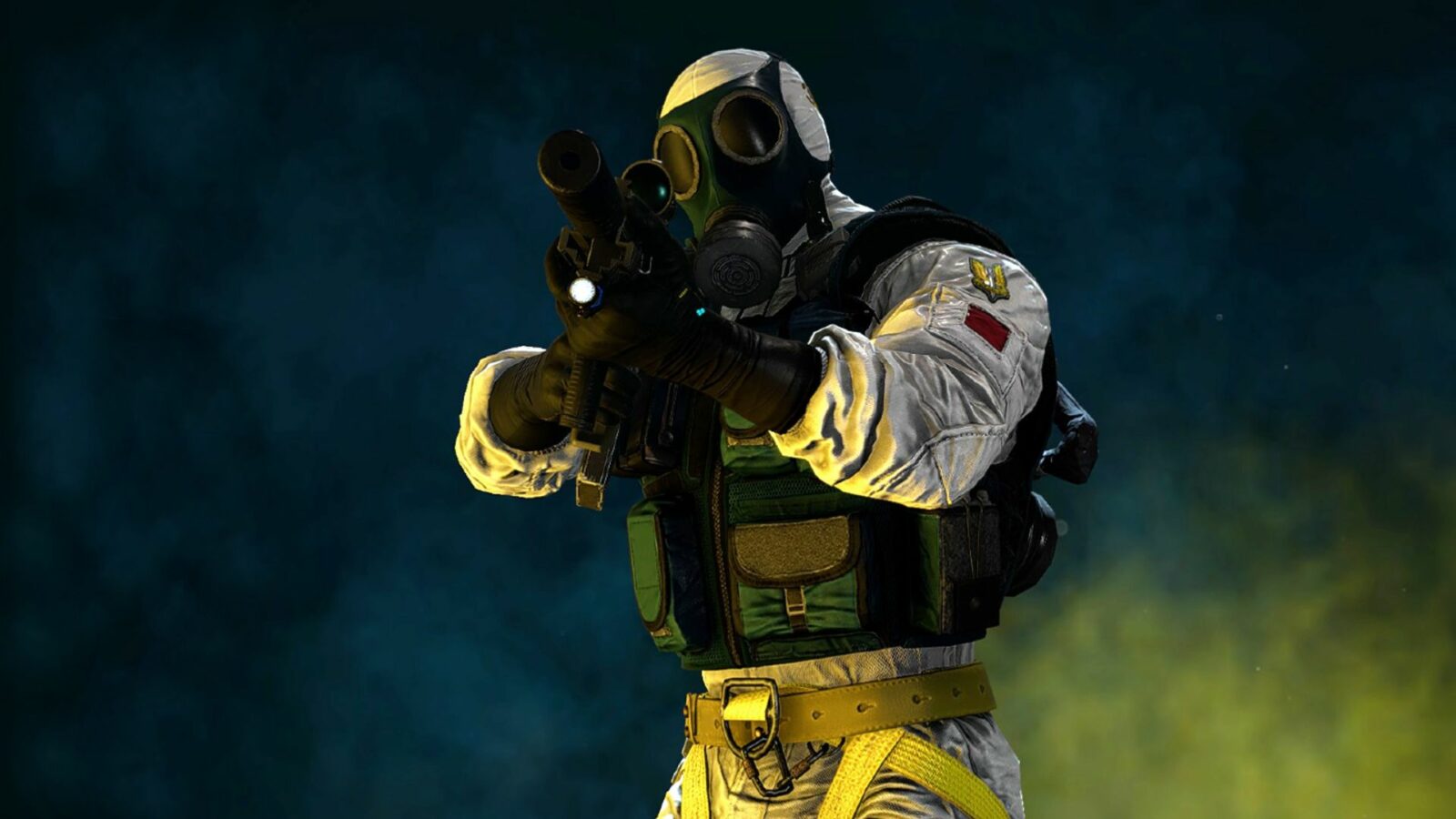Rainbow Six Extraction Review – Dead Ringtones
🌐

Rainbow Six extractions are square pegs in round holes. It shares much of its DNA with one of the best multiplayer games of the past decade, the asymmetric tactical shooter Rainbow Six Siege. All of Extraction’s playable characters are taken directly from Siege’s roster, with similar loadouts and minor modifications to the functionality of each operator’s gadget. It also features Siege’s destructible environment, so you can rip most walls to shreds with the right gadget or enough bullets. Extraction even continues the sci-fi story that Siege started in 2018 with the limited-time PvE event Outbreak.
All of these ingredients are present in Extraction, but the way they are mixed does not impart any flavor. Destruction works exactly the same way as in Siege, but there is no benefit to opening new paths, nor is there a way to take advantage of destructible surfaces due to the mostly level map design. Some operators have been creatively adapted to suit the new Horde threat, but others seem out of place and ill-equipped. With many of its components inherited verbatim from Siege, Extraction feels like an Outbreak-like limited-time game mode.
The story takes place shortly after the outbreak, when its alien parasites – known as Archæans – emerged across North America and continued to evolve to bring greater challenges to Team Rainbow. You start from Liberty Island in New York City, travel west to San Francisco, north to Alaska, and finally south to New Mexico. There are three maps to choose from at each location, but it doesn’t matter which one you play, as the objectives you need to accomplish are randomly assigned when you start the match.
Each objective is located about a third of the way across the map, and between each area is a Left 4 Dead-like safe zone with ammo, reinforcements, and medical kits to share. As the title suggests, evacuation is a key part of the game, and you always have the option to head to an evacuation point to escape safely halfway through an invasion, rather than moving on to the next sub-area with a small piece of debris to eliminate health and risk.
This is a risk you really don’t want to take. When your operators are knocked down, they will go into stasis and be captured by parasites. If this happens, not only will you lose all XP earned in that run, but your operators will also lose some personal progress, and you’ll be forced to rescue them in the next invasion.
Destruction works exactly like in Siege, but there is no benefit in opening new paths
Although each subregion is derived from 13 potential targets, they rarely require you to adjust your approach. There are stealth objectives, missions that allow you to sneakily install tracking devices in lair, or perform stealth knockdowns on elite enemies. Escort missions come in three different styles: escort parasites to kill bombs, escort downed researchers, or downed teammates. Sometimes you need to kill an elite foe, sometimes you need to lure it into an immobile trap. In some targets, you need to find and activate three computers in the correct order while the timer is ticking (this is easy if you clear most of the sub-area before touching the first computer).
None of this requires you to use operator gadgets or think about map destructibility. With a few minor exceptions that will require you to defend a target within a minute or two, you can direct the flow of incoming Archæans by placing reinforcements, barricades, and gadgets.you have Some Create scope for tactical setups during these missions, especially if you’re using a shotgun to open long sight lines, but since some enemies can break both soft and reinforced walls at the same time, there’s really no control over which direction they’ll flood in from.
Operator gadgets are more impactful. Siege loyalist Tachanka still wears his Soviet-era deployable light machine gun and is very effective against these defensive targets. However, other carriers have tweaked their signature gadgets enough to prove effective against parasites, but nothing more. For the most part, they feel the same, reinforcing the sense of deja vu that pervades Extraction. For example, Vigil can now hide himself from the Archæans, allowing you to sneak away after kicking the proverbial hornet’s nest. Alibi’s Prisma hologram pulls the hate away from your squad, not only giving everyone a breather, but making it easier to focus your firepower on the little boss. Even Jäger’s grenade catcher has been tweaked so it can deliver a fatal blow to any Archæan within range – perfect for locking down a room.
PC Game Pass PC Game Pass Microsoft $9.99 $1.00 Buy Now Network N Earn commissions on qualifying purchases from Microsoft and other programs.
But with every redesigned operator, you’ll find someone who does little to help your squad. Fuze’s swarm charge isn’t as effective as simply shooting through walls with suppressed weapons, and while you can use them to create traps by luring Archæans, there’s no need to create such a complex scenario. IQ can use her scanner to ping supplies through walls, but not enough range to reveal anything you can’t find just by looking closely. and Luke? Well, Rook can get around armor plates like in Siege, which prevents instant knockdowns and gives you a small buff to your damage resistance, but it’s probably the most boring “ability” in hero shooter history.
Some operators can become very powerful after leveling up, with original stat boosts, new weapons, additional gadget usage, and even new gadget features unlocked at the highest level. Putting it to work, Tachanka can deploy two turrets at the same time so another teammate can mount and load it. Reaching the operator’s level cap requires a dozen complete and successful incursions, which can be a real struggle for some initially weaker characters.
Archæans themselves have several different varieties, but only a few require any kind of coordination la la The witch or jockey of Left 4 Dead 2. The heavily armored Smasher is downright deadly frontal, but its weak point is easy to attack if you can stun it or flank your teammates. Likewise, the Apex, capable of summoning fellow Archæans at breakneck speed, takes only a few seconds of focused fire to fire.
The chain reaction that takes the mission from smooth sailing to smooth sailing is almost instantaneous
The real threat in Extraction comes from Sprawl, a sticky black goo that seeps and spreads across the map, slowing your movement as you walk through it. Any Archæans you mow, as well as lairs you disturb, will spread, so if you take a reckless approach, you’ll come across more.
Extraction is full of mechanics that punish you for getting into gun burning. The disturbed lair will start spitting out new Archæan soldiers, and any Archæan who finds you can scream to summon all allies in the area. With more and more enemies pouring in, more sprawl is coming, and it will soon be difficult to make any progress. The chain reaction that takes the mission from smooth sailing to smooth sailing is almost instantaneous, so it really feels like there’s only one way to come close to extraction if you want to survive. But this method is rather tedious. Crouching down the hallways, scanning every room carefully for Archæans, destroying the lair is easy but time-consuming, and doesn’t evolve much even if the difficulty increases.
It’s almost extraction. You cycle through 12 maps and several different objective types, level up your operators and increase difficulty settings to earn more XP. The optional challenge tracks offer lore tidbits and perks, but are frustratingly map-specific and only complete one set at a time. I played the map 3 times in a row hoping to find a specific enemy type, completed the last challenge in the series, and then had to extract and start over to access the next set of missions. award? A couple of words on small developments and some XP in team research work.
Operators feel the same as they did in Siege, reinforcing the sense of déjà vu that pervades Extraction
While the random selection of targets for each sub-area does make every game a little different, it ultimately limits the stakes. It’s impossible to emulate Left 4 Dead or Back 4 Blood’s carefully planned sets with minimap areas and random objectives, and I found myself missing the scale of these climaxes.
The closest extraction is its singularity target type, in which your team takes one of three Proteans. These are proper boss fights, fighting Archæan mimicking Smoke, Alibi or Sledge, each with their own alien twist on the other’s gadgets. For example, the alibi casts multiple clones, making it difficult to track her in the arena, while Smoke leaves trails of toxic smoke wherever she goes, limiting your movement and vision.
The map doesn’t take full advantage of its locale. You’ll be clearing New York high-rises without any cityscapes to make you lift your chin from the floor, and the bike bar in San Francisco’s Tenderloin neighborhood could be set anywhere else in the world. To make matters worse, the only form of narrative development is the short, ultimately pointless CGI cutscenes unlocked through each new area. At one point, Eliza ‘Ash’ Cohen took half a minute to build the next spot, and it was over. There was no story development, no better understanding of her emotional state, how the team was doing, or whether the threat escalated.
The only form of narrative development is through short, ultimately meaningless CGI cutscenes
After about ten hours of repeating the same objective on different maps, you’ll have access to Extraction’s two endgame modes: Wall-to-Wall and Maelstrom Protocol. Disappointingly, these are basically longer, more challenging versions of the core mission structure. Wall to Wall introduces a horde-like threat, with Archaeans constantly spawning and rushing towards your squad.
The Maelstrom Protocol is just three back-to-back hacks, with a difficulty of 11. Maps, objectives, and enemy modifiers change weekly, creating grueling challenges that players can learn and master through multiple attempts. It’s repetitive, of course, but I like the vortex protocol more than any other part of the extraction. Identifying the quickest, cleanest route to your goal and executing the perfect plan is very satisfying, and it provides a sense of growth that doesn’t exist in other modes of extraction. After a dozen or so attempts, I’m still not quite done, but with small tweaks to my load and how I deploy my limited gadgets, I’m making steady progress.
The end-game journey is dull, and there isn’t enough tension and variety to break the monotony of extracting repetitive target types.Ironically, this pattern even more The repetition should provide some silver lining. But Maelstrom Protocol feels like it has a shelf life, too, offering the kind of satisfaction that’s closer to working in a Rubik’s Cube than the thrill of a well-choreographed horde shooter or an intense sweeping mission.
At the end of the day, it’s only so far that Ubisoft might choose Extraction because it’s built on Siege’s strong skeleton. The gunplay, weapon design, and sound design are all great, but they’re mostly carried over from another game, and that’s reflected in the weapon balance, which mirrors Siege in a ridiculous, frustrating way – Rook Is the P90 really necessary to deal with?almost no damage and Kick like a mule in PvE?
On a purely technical level, extraction works. It feels good to play in a dry, mechanical way, but it’s rarely fun or exciting.
PC Game Pass PC Game Pass Microsoft $9.99 $1.00 Buy Now Network N Earn commissions on qualifying purchases from Microsoft and other programs.
Find more articles in our categories Gaming & News et encore Anime.
Thanks for visiting we hope our article Rainbow Six Extraction Review – Dead Ringtones
, we invite you to share the article on Facebook, twitter and e-mail with the hashtags ☑️ #Rainbow #Extraction #Review #Dead #Ringtones ☑️!














Leave a Review